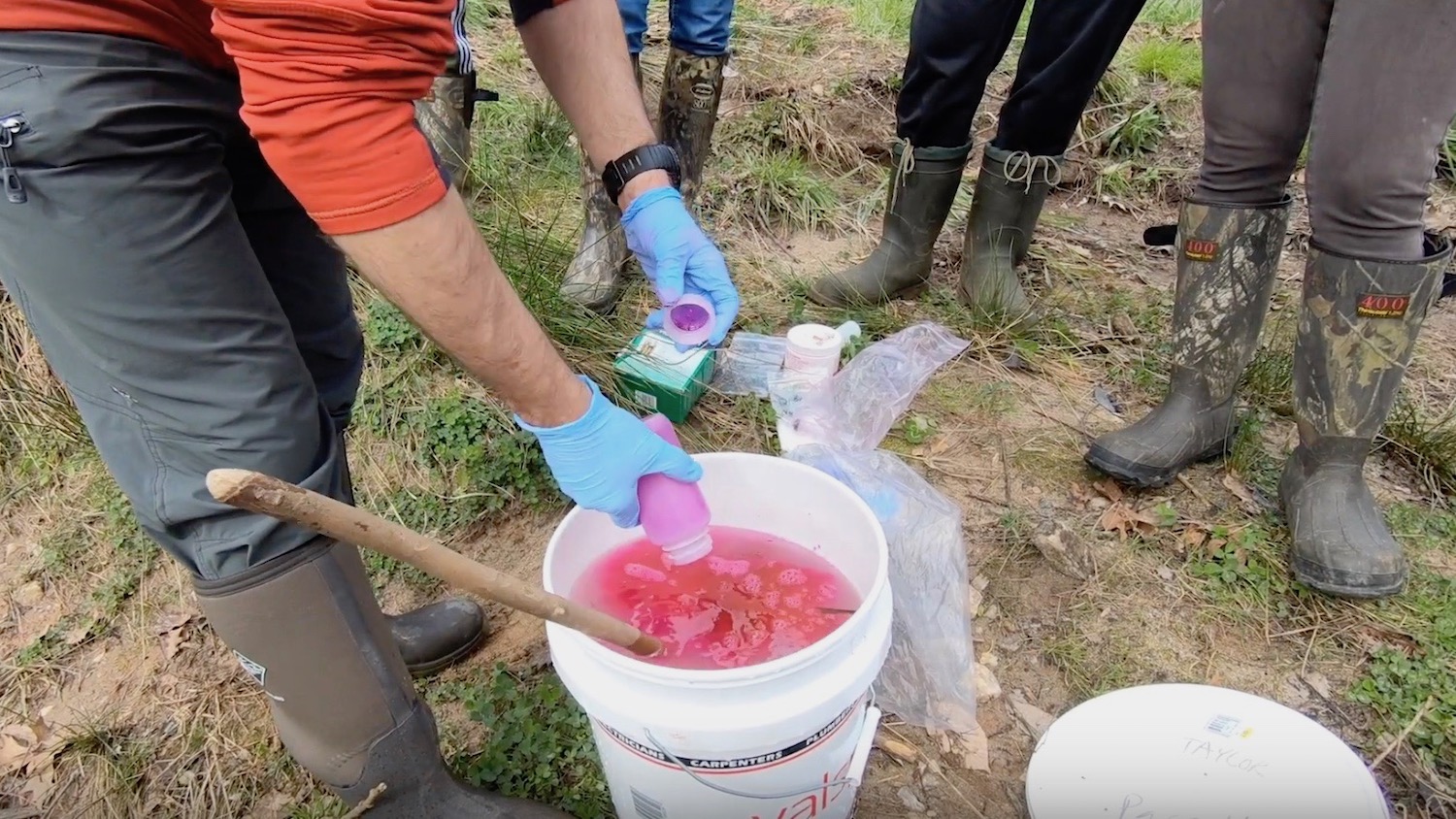How Do You Measure Nutrient Uptake In A Creek?

How quickly nutrients are used in rivers and streams is an important measure of ecosystem health. This part of the nutrient cycling process is called “uptake” and is related to the amounts of plants, algae, sediments in the stream and environmental factors like light availability and water temperature.
Ecologists are especially concerned with understanding how nutrient uptake changes as streams respond to global environmental change. For example, Ph.D. student Jared Balik is studying how stream flows in the Rocky Mountains are occurring earlier in the year due to early snow melts, and how this could be impacting the nutrient availability in these streams.
“Much of the growing season’s nutrient supply comes from the dust and other particles trapped in the snowpack,” says Balik. “These nutrients get pulsed into the stream at the start of spring when snowmelt is early and rapid rather than dripped in gradually throughout the season.”
This nutrient imbalance may impact the biodiversity of the stream, and–as the saying goes–these imbalances travel downstream. But, in order to monitor stream uptake, we first have to be able to measure it.
We recently used a relatively new (developed in 2010) method of measuring nutrient uptake in Rocky Branch Creek on campus. Check out how we did it in the above video!
- Categories:


